
According to experts, the Industrial Internet of Things (IIoT) will be the next step in the development of the Internet, leading the wave of global digital transformation, connecting robots, sensors, and big data into smart production chains, creating huge potential for industrial and economic development.
Accelerate the transition to IPv6 only
Deputy Director of Vietnam Internet Center (VNNIC - Ministry of Science and Technology ) Nguyen Truong Giang shared: Developing industrial Internet and Internet of Things (IoT) will be an opportunity for Vietnam to break through, create new space, and bring new value to economic and social development.
However, this requires the Internet to be bigger, faster, smarter and more secure. A strong, open and reliable Internet infrastructure is the prerequisite for developing an autonomous, innovative and globally connected Vietnamese industrial Internet.
Vietnam has taken many steps to prepare for the development of the Internet in the coming time. These are the national digital transformation strategy, the digital infrastructure development strategy, the land fiber optic cable development strategy and most importantly, Resolution 57-NQ/TW of the Politburo has oriented and guided to set goals for Vietnam's development associated with the pillars of science and technology, innovation and digital transformation, which are the policy pillars for the development of the industrial Internet in the coming time.
At the same time, Resolution 57-NQ/TW also clearly defined the orientation for developing digital infrastructure and digital technology based on the principles of "modernity, synchronization, security, safety, efficiency, and avoiding waste", promoting the rapid development of big data, data industry, and data economy.
In particular, the Internet of Things is a key component of the physical-digital infrastructure, together with telecommunications infrastructure, data, and digital technology, forming the foundational architecture for industrialization and modernization, scientific and technological development, and innovation in the spirit of Resolution No. 57-NQ/TW, realizing the common goal of turning Vietnam into a developed country with high income, becoming one of the digital technology industrial centers of the region and the world.
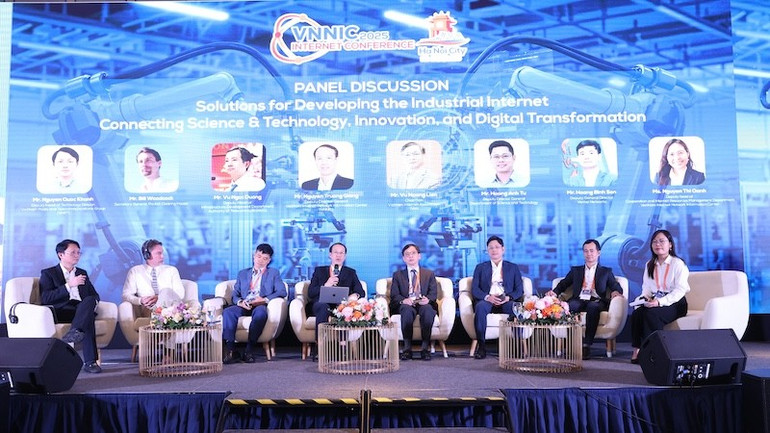
IPv6, IPv6 only application for Internet of Things, Industrial Internet is the first step to open up a breakthrough development for research and innovation. Director of VNNIC Nguyen Hong Thang said: IPv6 conversion is an inevitable trend, because IPv6 creates an almost unlimited address space and creates opportunities for all things to connect with each other, called Internet of Things.
As we move to the Internet of Things, objects will have addresses and identifiers in cyberspace, connected “end to end”, securely and with low latency. These are the basic elements to create an industrial Internet.
Switching to IPv6 is not only a step to convert the current Internet network to a new generation of Internet addresses and protocols, but also creates a new, more powerful digital infrastructure and digital space in accordance with the direction of Resolution 57-NQ/TW, developing a modern, safe, efficient and economical digital infrastructure.
In Vietnam, the Vietnam IPv6 network was deployed since 2013, gradually developed and has now reached an application rate of more than 65%, ranking in the global Top 10.
And now is the time for Vietnam to continue to lead the technology trend, promote the deployment of IPv6 only for the period 2026-2030, open up new space for the internet, develop industrial internet, innovate and create new services.
According to the plan, IPv6 only will be piloted and expanded and the conversion will be accelerated in the next 5 years. Vietnam has also set a goal to completely convert to IPv6 only by 2030-2032, and gradually stop using IPv4. IPv6 only is not just technology, conversion, but also innovation, creating new values, faster, safer, flatter and more economical.
To promote this process, VNNIC has been developing draft programs for the IPv6 transition roadmap in Vietnam, sharing opinions with businesses, agencies and organizations, and in the near future will also propose to the leaders of the Ministry of Science and Technology to promulgate this roadmap.
When a national IPv6 transition roadmap is issued, it will help businesses, organizations, experts and service providers share a common direction and vision, and join hands to build a strong Vietnamese Internet network.
Solutions to help businesses modernize production
The Industrial Internet has been identified as the "core infrastructure of modern manufacturing", orienting Vietnam from traditional connectivity to the Internet of Things, including devices, sensors and smart manufacturing systems.
This is not only a national strategic infrastructure, but also a "core foundation" for businesses to modernize production, create competitive advantages and reshape business models in the new era.
However, in contrast to that strategic vision, the operational reality at many businesses shows a large gap when the dependence on popular broadband solutions exposes many shortcomings.
Relying on these packages alone is like running a modern machine with an old engine. It is time for businesses to recognize that a “good enough” connection is no longer suitable for a 24/7, globally competitive business environment.
Network congestion incidents have become all too familiar, such as a strategic video meeting with a partner that suddenly freezes; an important data file upload that takes hours to upload causes delays; a VoIP customer service system that keeps dropping calls; or a remote employee unable to reliably access the company's virtual private network (VPN).
These issues are not just inconveniences but real costs that businesses must bear such as opportunity costs, productivity costs or damage to brand reputation. Clearly, a common Internet connection is no longer suitable for the continuous and professional operation requirements of modern businesses.

To solve the problem of connection quality, businesses can look to a dedicated solution called a direct Internet service (Lased Line). The difference between this solution and broadband Internet can be imagined as the difference between using a public highway and owning a private lane.
Accordingly, the universal broadband Internet (FTTH) is like a public highway, working well under normal conditions but will be congested during rush hours. Speed is shared and the upload lane is always much narrower than the download lane.
Meanwhile, direct Internet is a private, exclusive lane built for a single business and without any "vehicles" from other businesses. Businesses are guaranteed a constant speed 24/7 and are completely symmetrical (upload equals download), allowing all data streams to flow smoothly in both directions.
Currently, domestic network operators are also ready to provide direct Internet services to businesses. For example, VNPT's solution will help completely solve the problems of normal connections by providing a separate physical channel, connecting directly to the national Internet gateway.
This ensures that the business's transmission line is completely separate and direct, without having to share bandwidth with any other subscribers, thereby completely ending network congestion and ensuring the speed is always as committed.
Furthermore, this independent transmission channel provides maximum security, helping to minimize the risk of attacks and network intrusion. Provided with static IP address ranges, VNPT's service can become a multi-application platform, allowing businesses to autonomously deploy important server systems such as Website, E-Mail, VPN or IP Phone switchboard.
At the same time, with the ability to provide unlimited speeds of up to tens of Gbps and flexibility in adjusting domestic and international bandwidth, VNPT ensures that the solution can accompany and expand with the development of all business sizes.
Source: https://nhandan.vn/mo-ra-khong-gian-phat-trien-moi-cho-internet-viet-nam-post904321.html




![[Photo] General Secretary To Lam presents the 45-year Party membership badge to comrade Phan Dinh Trac](https://vphoto.vietnam.vn/thumb/1200x675/vietnam/resource/IMAGE/2025/8/28/e2f08c400e504e38ac694bc6142ac331)
![[Photo] Red flag with yellow star flutters in France on National Day September 2](https://vphoto.vietnam.vn/thumb/1200x675/vietnam/resource/IMAGE/2025/8/28/f6fc12215220488bb859230b86b9cc12)
![[Photo] General Secretary To Lam attends the opening ceremony of the National Achievements Exhibition](https://vphoto.vietnam.vn/thumb/1200x675/vietnam/resource/IMAGE/2025/8/28/d371751d37634474bb3d91c6f701be7f)
![[Photo] National Assembly Chairman Tran Thanh Man holds talks with New Zealand Parliament Chairman](https://vphoto.vietnam.vn/thumb/1200x675/vietnam/resource/IMAGE/2025/8/28/c90fcbe09a1d4a028b7623ae366b741d)
![[Photo] Politburo works with the Standing Committee of Cao Bang Provincial Party Committee and Hue City Party Committee](https://vphoto.vietnam.vn/thumb/1200x675/vietnam/resource/IMAGE/2025/8/28/fee8a847b1ff45188749eb0299c512b2)
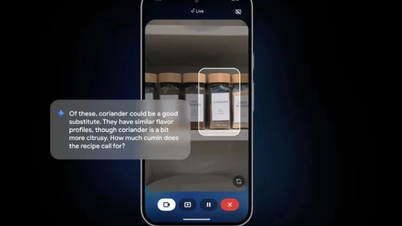












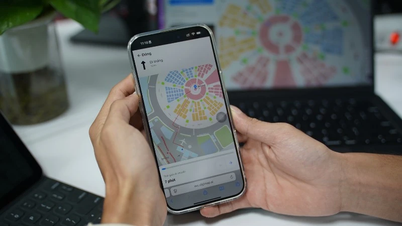


![[Photo] Multi-experience for tourists on National Day September 2 in Ninh Binh](https://vphoto.vietnam.vn/thumb/402x226/vietnam/resource/IMAGE/2025/8/28/bca42afbf3604e49a953758dc7ed2cbe)
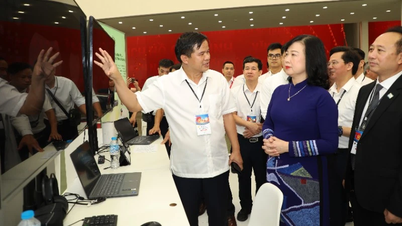

















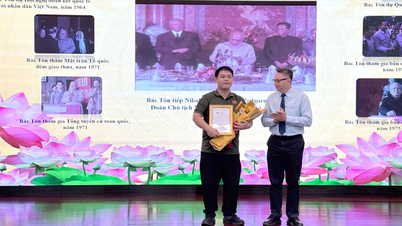




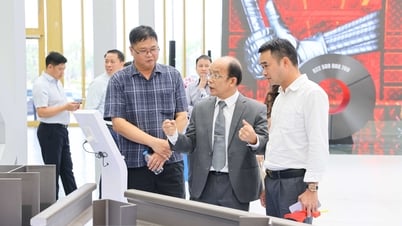




















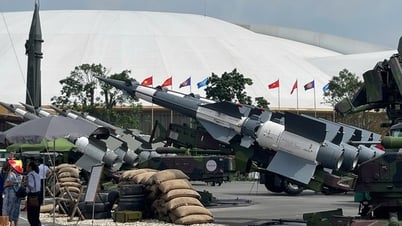

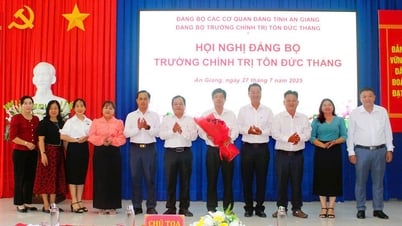








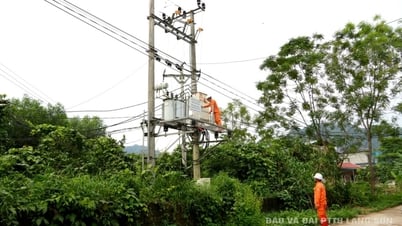
















Comment (0)